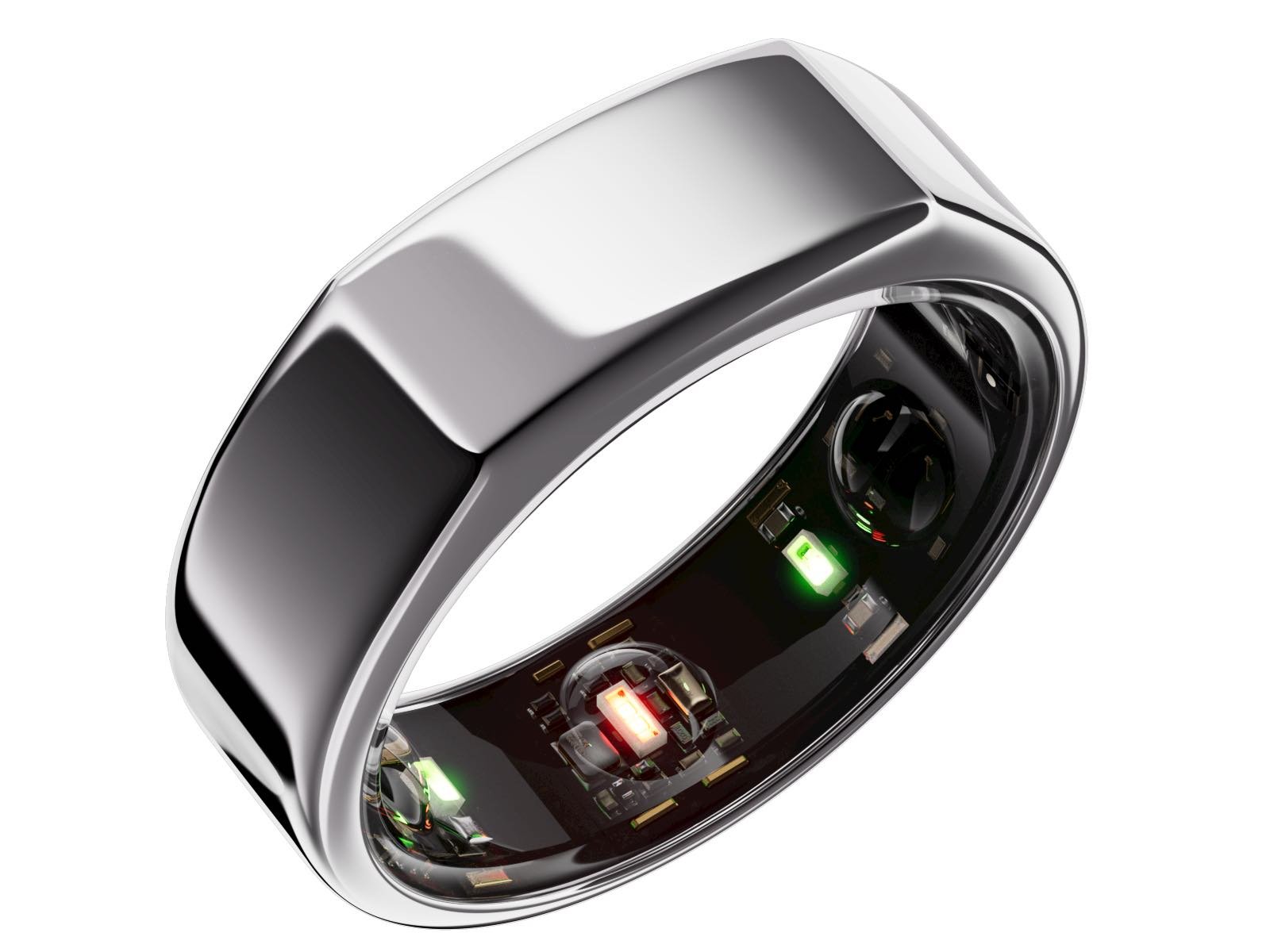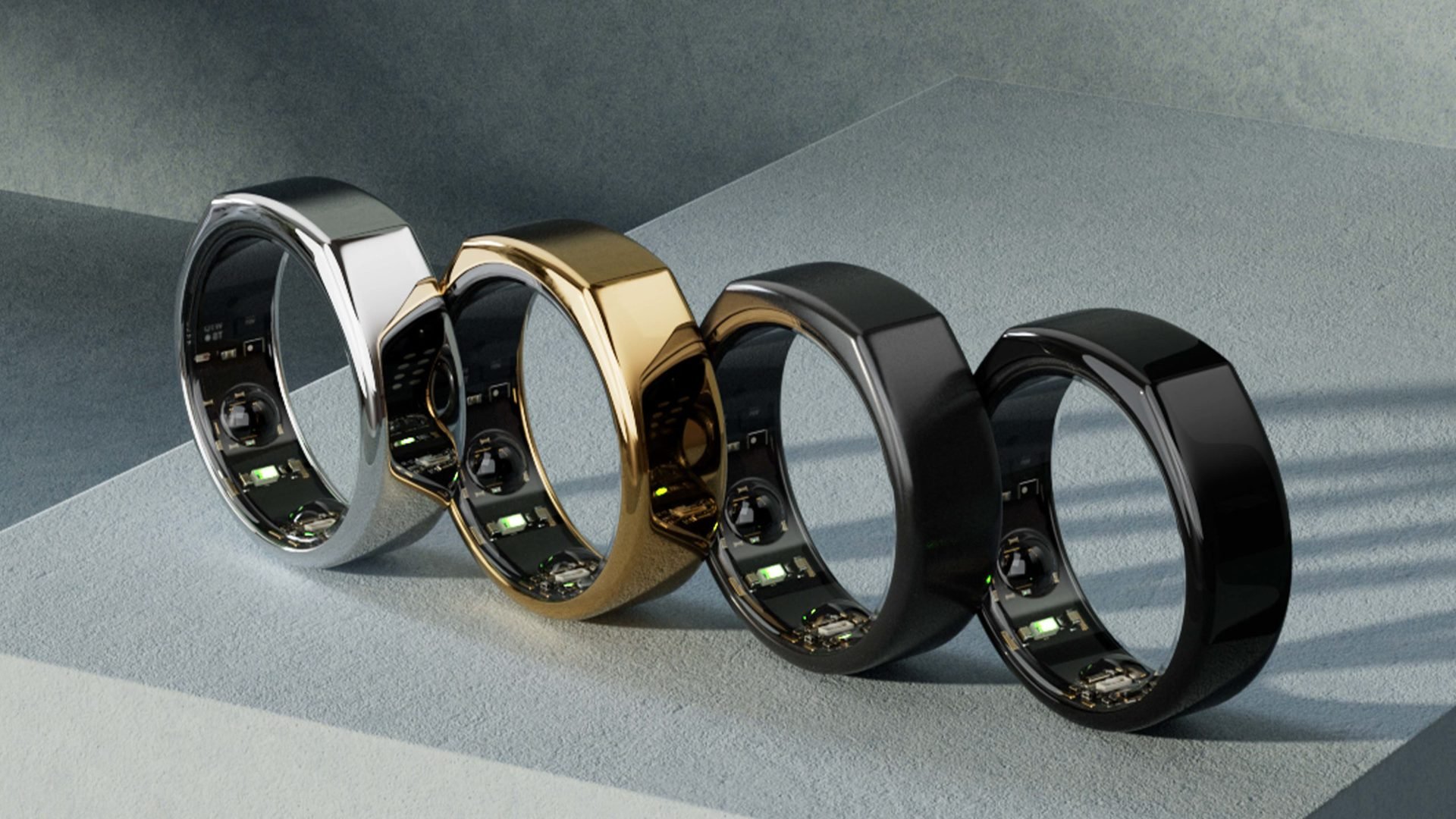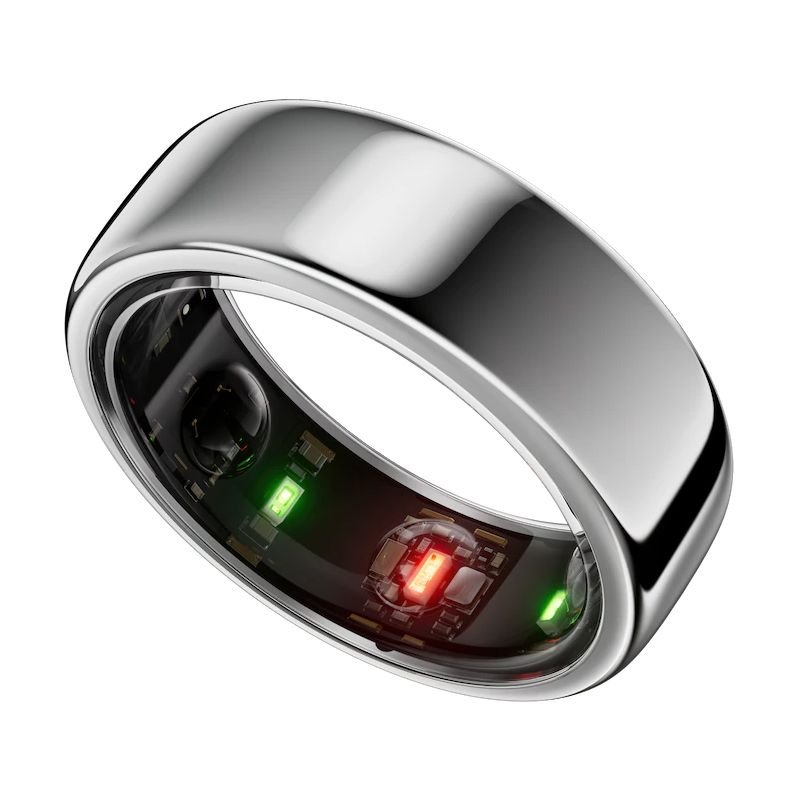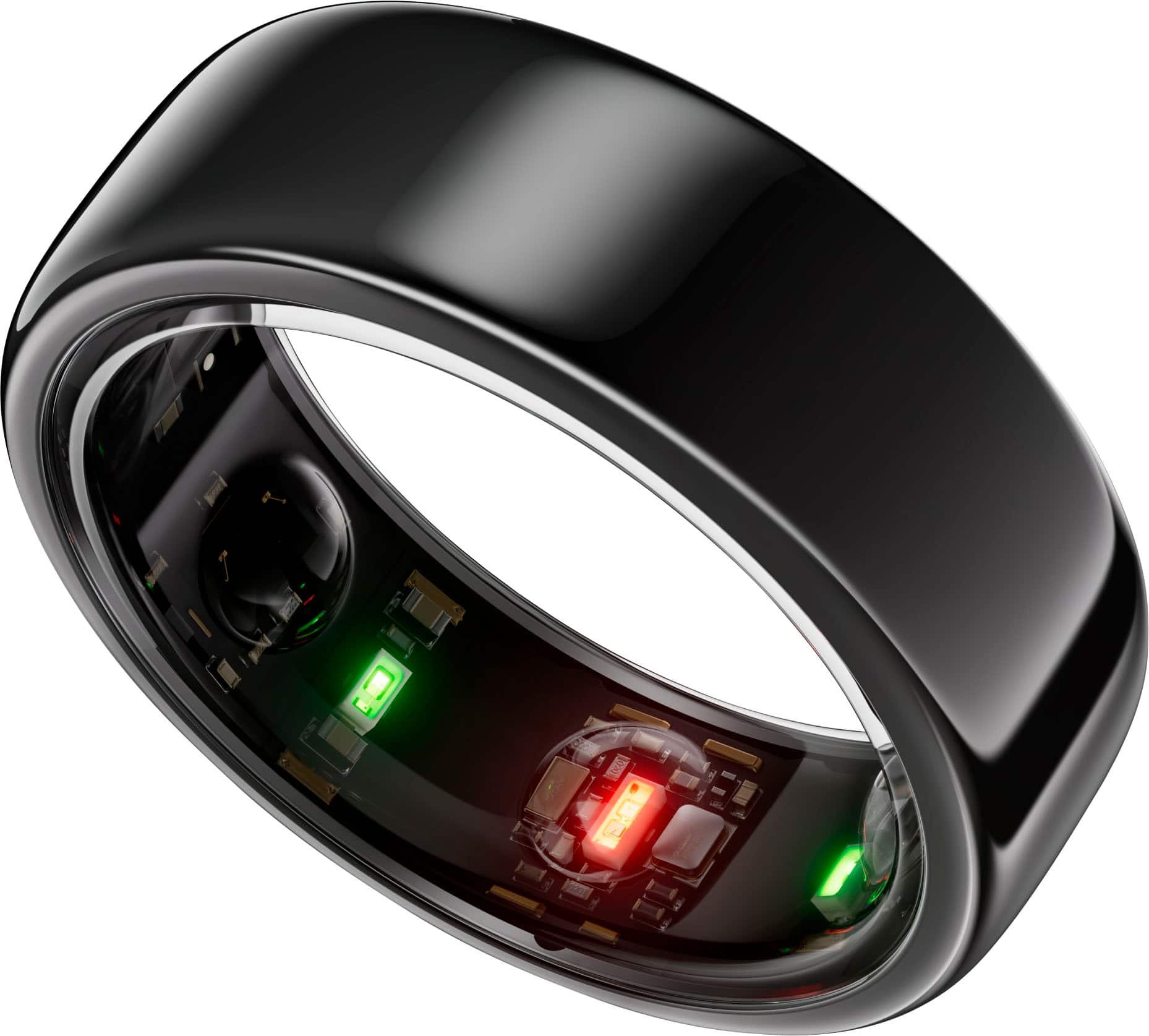The Oura Ring Gen3: Is Invisible Health Tracking Worth the Subscription?

In a world saturated with wrist-mounted screens vying for our attention, the Oura Ring has always been a quiet dissenter. It’s a wearable that prioritizes passive data collection over active interaction, promising a deeper understanding of your body’s foundational metrics: sleep and recovery. With the Generation 3 model, Oura doubles down on this philosophy while adding a suite of new sensors and, controversially, a mandatory subscription. The result is a device that is more capable than ever, yet asks for a deeper commitment from its user. Is it the pinnacle of ambient health tech, or a pricey data-gatekeeper?
More Jewelry Than Gadget
From a design perspective, the Oura Ring remains a masterclass in subtlety. Forged from lightweight titanium, it’s a device you genuinely forget you’re wearing. It lacks a screen, haptic feedback, or any buttons, reinforcing its purpose as a silent data collector. The Gen3 is packed with more sensors—including green and red LEDs for daytime heart rate and SpO2 monitoring, plus additional temperature sensors—without a significant increase in size.

Getting the fit right is crucial, and Oura’s mandatory (and free) sizing kit is a thoughtful first step in the user experience. Once you find your size, the ring is comfortable enough for 24/7 wear, from the office to the gym to bed. However, its polished exterior, while elegant, is more susceptible to scratches than a typical sports watch. After a few months of daily life and trips to the weight room, my “Stealth” model has certainly earned a few battle scars. It’s a minor aesthetic gripe, but one worth noting for a device that costs several hundred dollars.

The Brains of the Operation: Sleep and Readiness
Where the Oura Ring truly justifies its existence is in its data analysis, presented through a polished and intuitive app. The experience is built around three core scores: Sleep, Activity, and Readiness. While the Activity score is functional, it’s the other two that provide the magic.
Oura’s sleep tracking is arguably the best in the consumer wearable market. It consistently and accurately measures sleep stages (Light, Deep, REM), resting heart rate, and Heart Rate Variability (HRV). The Gen3’s addition of SpO2 (blood oxygen) monitoring adds another layer of respiratory analysis. This data is then synthesized into a Sleep Score that feels genuinely reflective of your night’s rest.

The star of the show, however, is the Readiness Score. This single number tells you how prepared your body is to handle stress for the day. It’s a holistic metric, calculated from your previous night’s sleep quality, resting heart rate, HRV balance, and body temperature. Waking up to a high Readiness Score feels like a green light to push hard in a workout, while a low score is a gentle nudge to prioritize recovery. It’s this predictive, actionable insight that elevates Oura from a mere tracker to a personal health advisor.
A Master of One, Not a Jack-of-All-Trades
While Oura excels at recovery, its capabilities as a fitness tracker are limited. The Gen3 introduced all-day heart rate tracking and improved activity detection, but it still pales in comparison to a dedicated Garmin or Apple Watch. It can recognize a walk or a run, but for anything more specific like weightlifting or cycling, you’ll be manually entering the workout in the app later. It lacks GPS, and its real-time workout tracking features are basic.
This isn’t necessarily a flaw, but a deliberate design choice. Oura is not trying to be your workout companion; it’s the tool that tells you how that workout impacted your body and how well you’ve recovered for the next one. For serious athletes, it’s a phenomenal supplementary device. For casual users looking for one wearable to do it all, the Oura Ring will likely feel incomplete.
The Price of Insight
The most significant change with Gen3 is the business model. The ring itself starts at $299, but unlocking its full potential—including the detailed data breakdowns, trend analysis, and personalized insights that make it so powerful—requires a $5.99/month subscription. Without it, you’re left with just the three daily scores and little else. This makes the total cost of ownership far higher than the initial sticker price suggests and positions it as a premium service. For those committed to optimizing their health, the ongoing cost may be a small price for invaluable data. For others, it will be a non-starter, turning a piece of purchased hardware into a source of recurring fees.
Final Verdict
The Oura Ring Gen3 is a beautifully engineered piece of technology that delivers on its core promise: to provide best-in-class sleep and recovery tracking in a discreet, comfortable form factor. The insights derived from its Readiness Score are powerful tools for anyone looking to better understand their body’s signals.
This device is best for the data-driven individual—the biohacker, the recovery-focused athlete, or anyone serious about improving their sleep hygiene who wants to do so without another distracting screen. However, the mediocre activity tracking and, most importantly, the mandatory subscription model make it a poor fit for those on a budget or anyone seeking a single, all-in-one fitness solution. Oura offers an unparalleled look under the hood of your health, but only if you’re willing to pay the ongoing price of admission.
Where to Buy:
Oura Ring Gen3 Quick Summary
Key Scores:
- Value: 93%
- Design: 92%
- Performance: 91%
- Quality: 90%
- Popularity: 89%
Top Pros
- ✅ Sleep and recovery tracking provides exceptionally accurate and detailed insights.
- ✅ The minimalist, screen-free design blends in as stylish jewelry.
- ✅ The mobile app excels at translating complex data into actionable advice.
- …
Key Cons
- ❌ A mandatory monthly subscription is required to access most features.
- ❌ Automatic activity detection is unreliable for specific workout types.
- ❌ The high upfront cost is a significant financial commitment.
- …










 Visit Claritypoint.AI
Visit Claritypoint.AI






